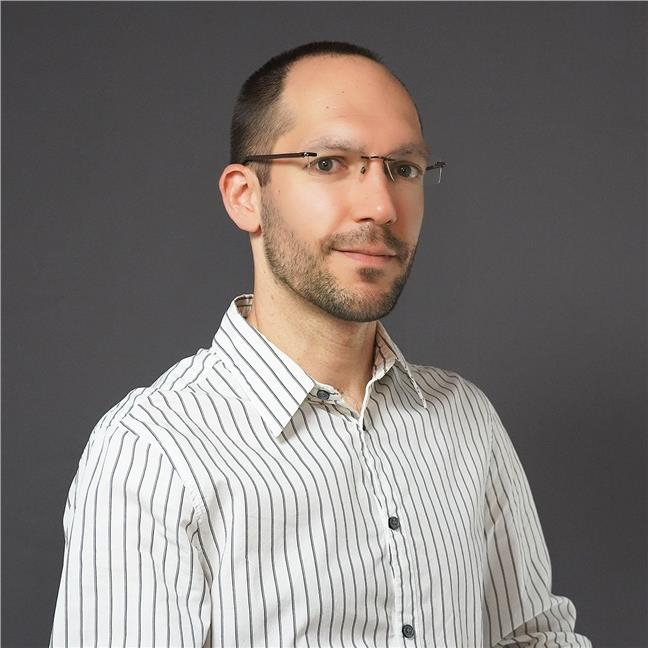Guest lectures and seminars - Page 8
Abstract:
The Section 4 seminar for the Spring 2024 will be held Thursdays 14:15–15:00 in room 1020
Our project partner Statkraft owns and operates several hydropower plants in Brazil and requires information about the future potential for hydropower production in this region. To provide inflow projections for the next several decades, we use climate model output in combination with a regression model that links meteorological variables such as precipitation and temperature to inflow over various catchments in the region. The relatively short time period for which observation data are available raises concerns about overfitting. We therefore explore an alternative model fitting approach that retains the original, easily interpretable regression model but estimates the regression coefficients within an artificial neural network (ANN) framework which permits spatial and temporal regularization and thus prevents overfitting. We show some examples of the inflow projections obtained with that methodology and discuss some caveats and limitations.
Protein condensates inside human cells are liquid-like droplets composed of protein and RNA. These condensates interact with the heterogeneous, active and dense environment of the cytoplasm, crossed by various cytoskeletal filaments such as microtubules and actin. Wetting interactions with the cytoskeleton lead to stereotypical positioning of such protein droplets inside the cell. Using statistical physics approaches, we identified complementary functions of filamentous actin and microtubules: protein droplets couple to actin’s native dynamics in the cell through steric interactions leading to directional motion towards the cell center. Microtubules (and their molecular building-blocks), on the other hand, act as Pickering agents and engage in energetically favorable wetting interactions that lead to a robust localization of protein condensates in microtubule-rich regions of the cell. These interactions are non-specific and ultimately arise from different affinities (contact angles) between condensate and filament, suggesting that similar mechanisms may govern localization of other liquid-like phases within the cell.

